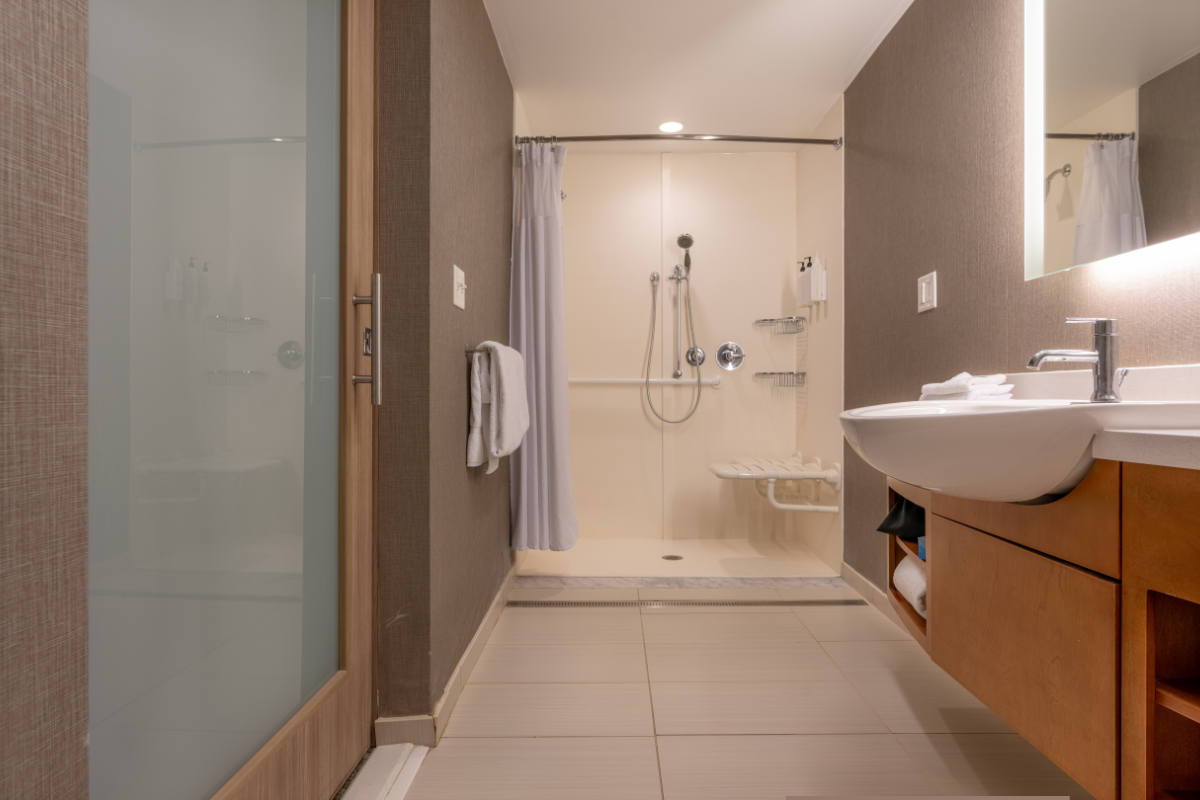
Bathrooms should always offer safety and comfort—but as we age, these become especially crucial priorities. Unfortunately, bathroom accidents are a leading cause of injuries among older adults. These injuries can be a result of slips, poor lighting, hard-to-reach fixtures, awkward layouts, and more. Luckily, designing or remodeling a bathroom with features designed for aging in place can help lower the risk of bathroom injuries—and foster an overall safe, accessible space for older individuals to remain independent.
At True North, we take accessibility seriously. When you trust us with your aging-in-place remodel, you can rest assured that we’ll create the safest, most comfortable environment possible. Below, we’ll dive into a few of the top design features to consider when planning a bathroom for aging in place.
Since slips are a major contributor to bathroom injuries, choosing non-slip flooring is essential. Go with flooring materials with strong grip even when wet. Additionally, textured ceramic or porcelain tiles (with matte finishes), vinyl, rubber, or engineered non-slip stone surfaces help reduce slipping risk. It’s also important to minimize thresholds and abrupt level changes so there are fewer trip hazards when moving between zones (e.g. leaving the tub or shower).
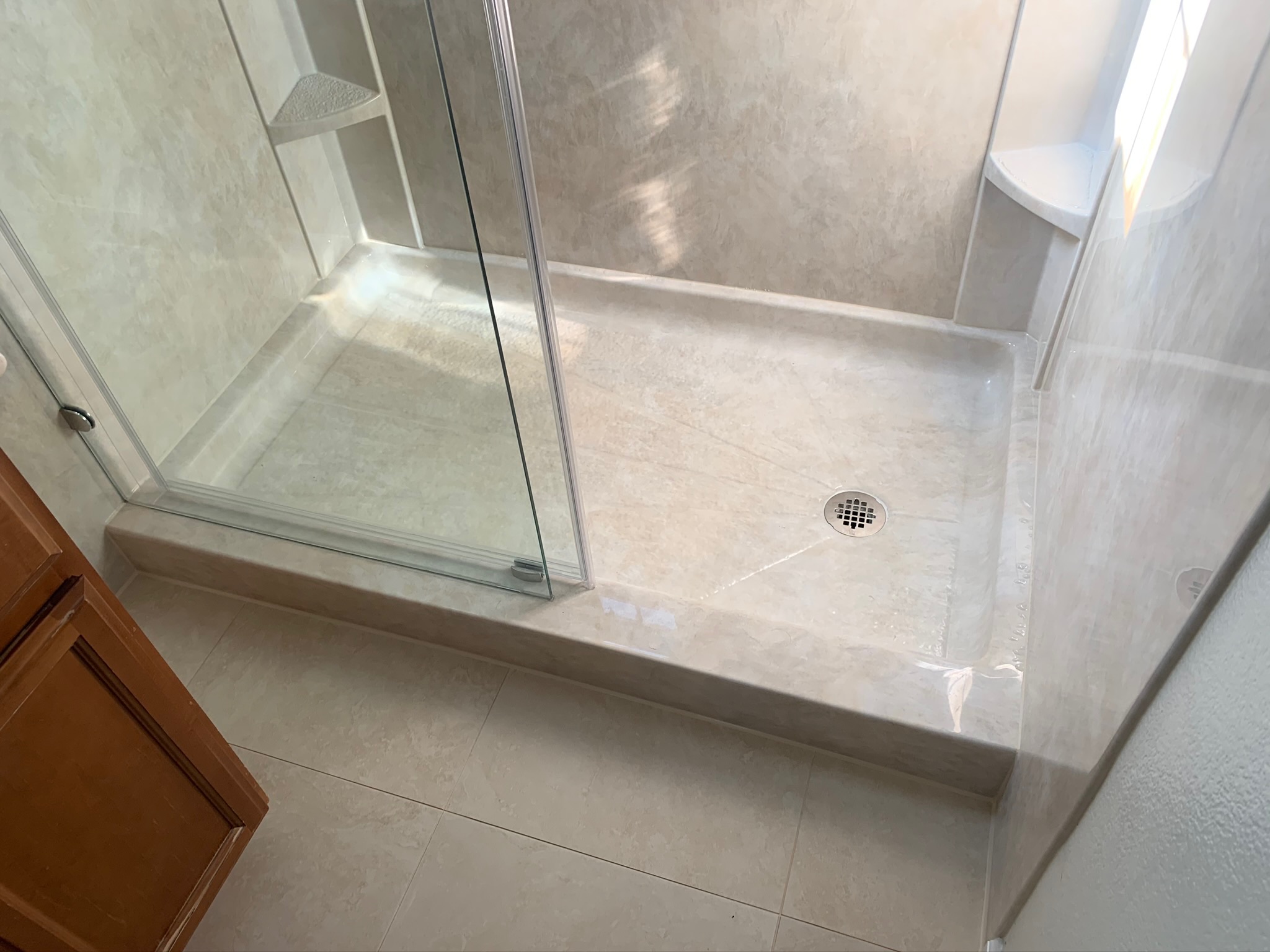
Easy entry is everything when it comes to aging in place and accessibility! Choose a shower and/or tub option that meets the mark.
Walk-in showers allow easy entry without stepping over a high edge, which is helpful for anyone with mobility or balance challenges. Meanwhile, transfer benches or built-in shower seating provide support while bathing. Having somewhere to sit reduces fatigue and risk of falling.
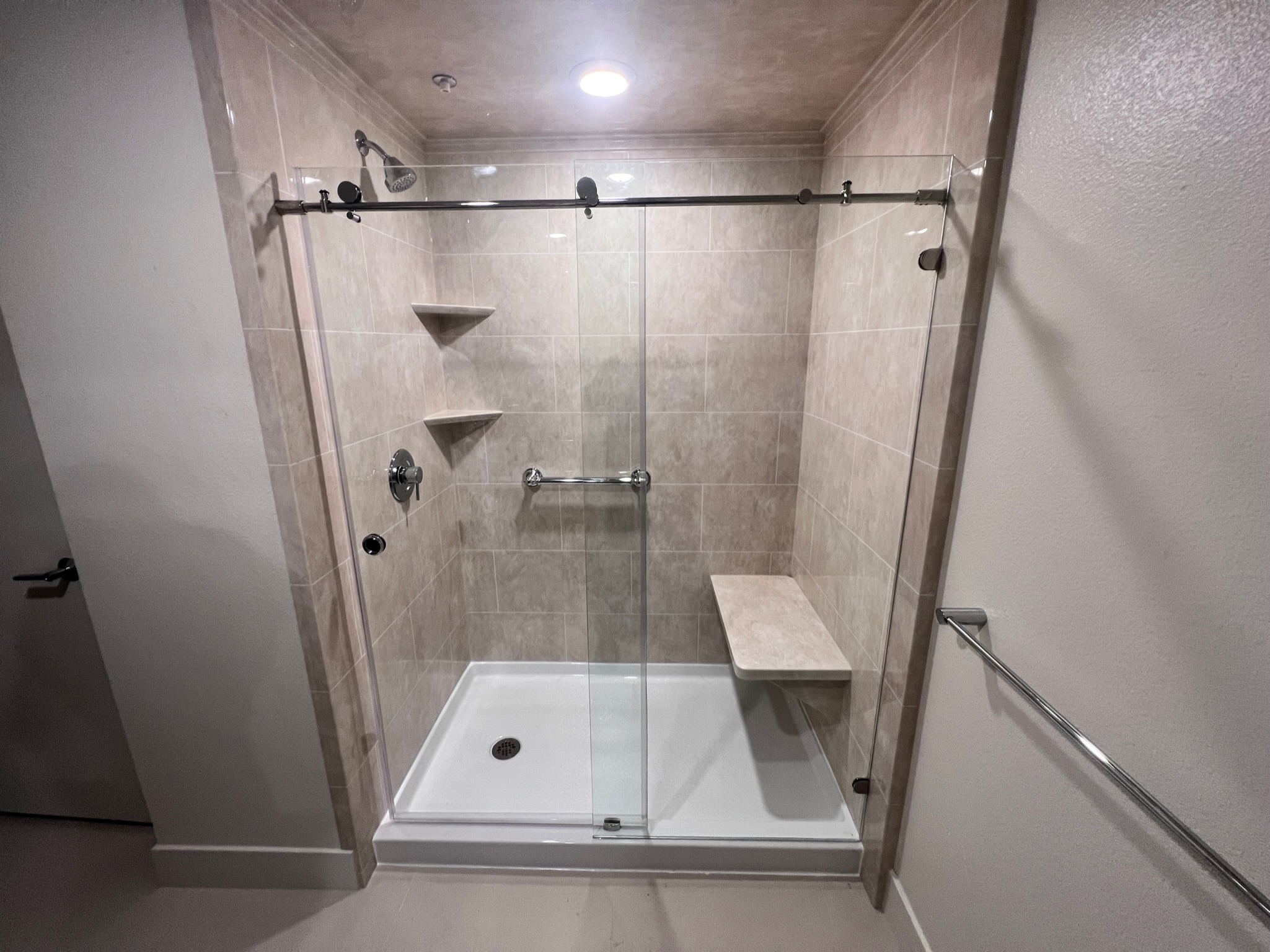
Walk-in bathtubs come with a door for a more accessible way to enter the tub. These types of baths also offer features like hydrotherapy jets and heated seating.
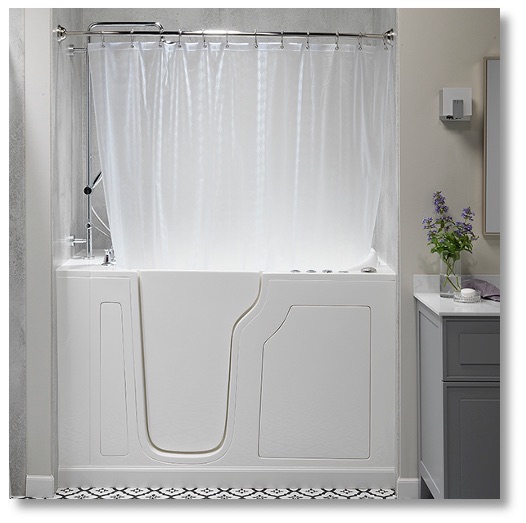
Finally, there should be grab bars within reach at key spots (inside and just outside the shower/tub, near toilets) for greater stability.
Visibility and lighting are crucial factors to consider in an accessible bathroom. As vision diminishes, shadows and glare become more dangerous—so you should go with high overall light levels, especially in zones like the sink, toilet, and shower.
For safety after dark, night lights or low-level lighting can make all the difference in those middle-of-the-night trips to the bathroom. Task lighting over mirrors, vanities, and shower controls also helps with grooming.
It’s important to consider the height of all of the fixtures in your bathroom in order to create the best possible space for aging in place. For example, raised toilets (17-19 inches from floor to seat) are easier for sitting and standing than lower standard ones.
Vanities are another fixture of which you should consider the height. A slightly higher vanity avoids constant bending. Alternatively, a wall-mounted sink can provide knee room for someone who might need to sit or use a mobility aid.
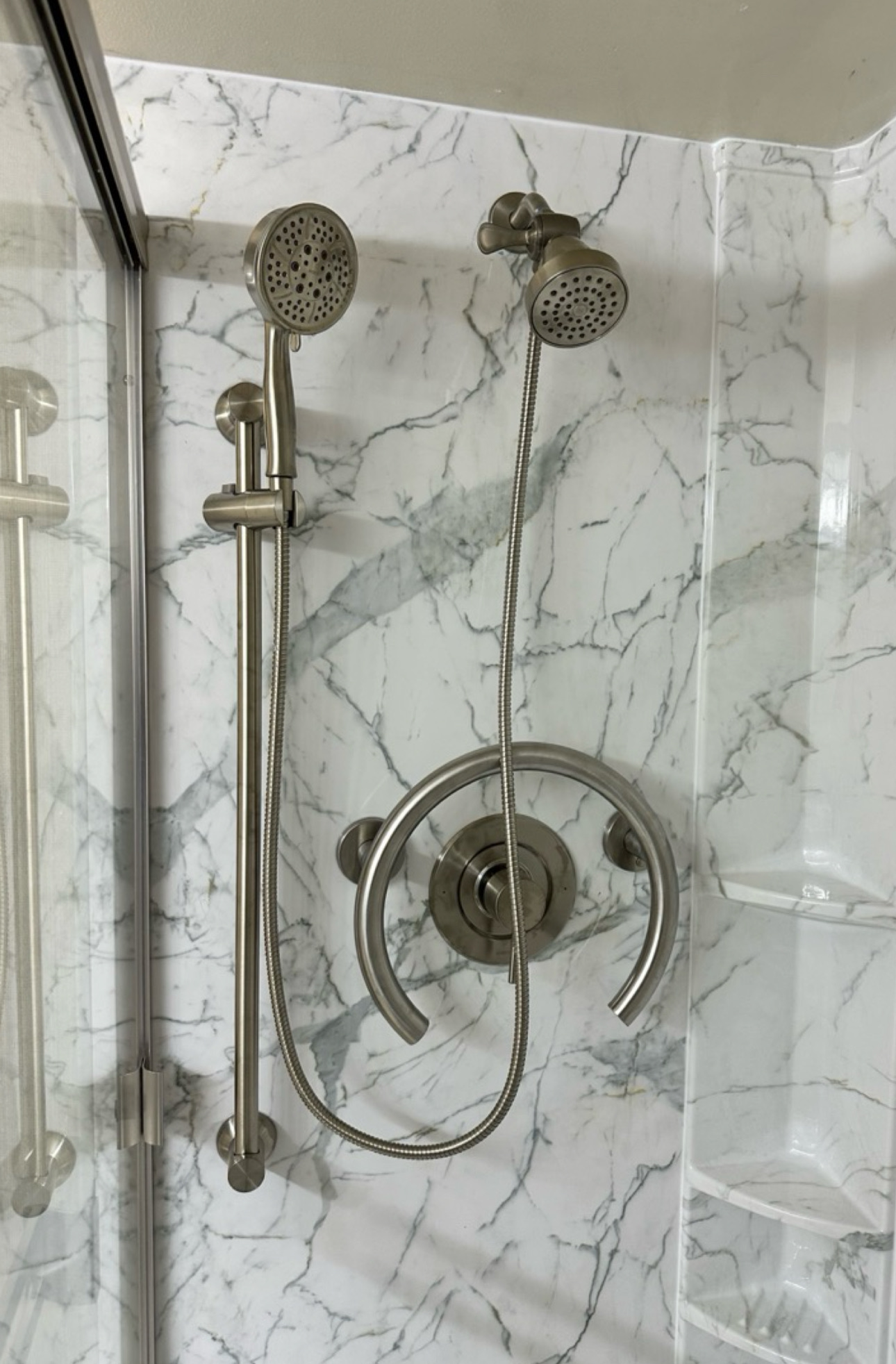
We can’t forget about hardware! Even the finishing touches of a bathroom should be designed with accessibility in mind for individuals who are aging in place. Consider the following features:
An accessible layout can be a game-changer for aging family members. Bathrooms are typically among the smallest rooms in a home, so making the best possible use of the space with a logical layout is extremely important.
For greater accessibility, you should allow as much open floor space as possible—especially in front of the sink, toilet, or shower—to allow easier movement. Wider doorways (at least 32 inches, preferably more) will allow clearance for walkers or wheelchairs.
Finally, storage should be clear and reachable. Place frequently used items at heights that don’t require bending, stooping or stretching overhead. Pull-out shelves, shallow drawers, built-in niches in showers, etc.
To wrap up, there are a few finishing safety enhancements that can take your bathroom’s accessibility to the next level as you finish your redesign:
Ready to get started on your aging in place bathroom redesign and create a more accessible, more comfortable, all-around safer space? True North is here to help.
We know that an aging-in-place bathroom isn’t about giving up style, but rather about creating a space that supports independence, safety, and dignity. Our expert team will help you do just that while still maintaining the beautiful, personalized space of your dreams.
Contact us today for a free consultation and let’s bring your new bathroom to life!
Together, we can transform your space into your dream bathroom that you and your family will love for years to come. Ready to get started?
.avif)

.avif)
.avif)